World Artists and their Story, 34 – Vincent Carelli
World Artists and their Story, 34 – Vincent Carelli
Vincent Carelli received the Grand Prince Claus Prize this year, with an amount of 100,000 euros. This year there are two chosen ones: Vincent Carelli and Ma Jun, who share the prize. I speak to Carelli a day after the ceremony that took place in the Royal Palace on the Dam in Amsterdam.
He was the first in Brazil to let make video films by indigenous, Indian communities, which changed the public view of the lives of the Indians in Brazil. Carelli: “When I was 16 years old, I went to an Indian village for the first time. Not long after I decided to film them. I had never filmed before, but I bought a VHS camera and started recording their daily lives. It took a while before I controlled the camera. I was inspired by a film by Rocha, who made the film ‘Terra em Transe’ in 1967. ”
Make videos yourself
The residents became so enthusiastic about the films that he taught them to make videos themselves. Together with his wife (anthropologist Virginia Valadão, 1952-1998), he founded ‘Video in the Villages’ in 1986 (Video nas Aldeias – VNA), which has since grown into a unique audiovisual production center, which provides equipment, training and help with post production and distribution. The center provides videos on native schools in their own language, leads regional workshops and has created a network that connects the various indigenous communities.
Through their video films, the Brazilian Indians create their own images and stories without external influence. In this way their identity is confirmed, their culture is documented and preserved for future generations, and the world becomes acquainted with their philosophy of life. Native filmmakers from around fifty ethnic groups have made and directed more than a hundred films, which are screened and awarded locally and internationally.
Índios no Brasil
In 2000 Carelli and VNA produced the TV series Índios no Brasil (Indians in Brazil) about the life and the world of thought of the indigenous population. The program contains interviews about the ignorance and stereotypes that underlie the discrimination that the Indians suffer from. Ten thousand copies were sent to public schools and the series was shown on the state television and reached millions of viewers.
VNA has made sixteen documentaries about the methods and results of the project and is a source of inspiration for setting up similar projects elsewhere. VNA has also built up one of the most important public film archives on indigenous cultures.
Carelli has made two groundbreaking films about the hidden history of the indigenous people in Brazil. Corumbiara (2009) is about the massacre in 1985 in the south of Rondõnia and allows some survivors of the indigenous community to speak. Martírio (2017) is a collection of film recordings of about thirty years, about the battle of the Guarani-Kaiowá tribe for their habitat and a peaceful existence.
Perspective of the Indians
The story is told from the perspective of the Indians themselves and maps the history of murder, expulsion and cruel land reclamation from the time of the European invasion to contemporary commercial agriculture. Martírio has been screened in twenty-one cities for over a month and, due to his irrefutable evidence of the violence against the indigenous population, has had a shocking effect on the Brazilian public. The film points to the responsible role of the Brazilian Supreme Court and is very relevant in the current political situation, in which the rights of indigenous peoples are threatened.
Carelli: “The Guarani-Kaiowá, a total of around 50,000 people, have been in the southern Mato Grosso on the border with Paraguay for a long time. When the Jesuits installed their mission posts, they became acquainted with them. The ranchers in the area want to drive out this Indian group. The government ensures that the legal obstacles are removed. It is one of the most traditional populations of Brazil, with its own language and its own religion with shamanic elements. ”
In Martírio he shows how it works. “The fight has been going on for 40 years. Leaders and sons of leaders are the first to be killed. Contrary to what you would expect, this does not immediately have a demoralizing effect. ‘If you want to get rid of me, you will have to kill me first’, the police / army hears. In the reserves where they are taken to, however, many are affected. The suicide rate is high. The spiritual leaders, the shamans, lead the protest. There is a ‘prayer process’ that lasts two / three years. They send messages to the displaced persons, ‘Walk back home’. Sometimes that happens, and persons are shot down. The reaction by the shamans when people are killed: “We did not pray hard enough.”
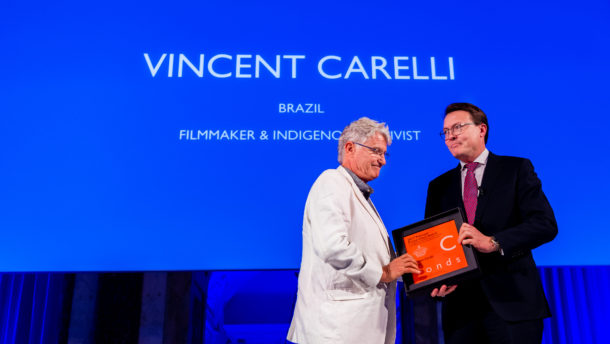
Amsterdam, 6 December 2017 – HRH Prince Constantijn of the Netherlands presented the Principal Prince Claus Award jointly to filmmaker and indigenous activist Vincent Carelli (Brazil) and new media designer and environmentalist Ma Jun (China). The five Prince Claus Awards were presented to documentary filmmaker and women’s rights activist Khadija Al-Salami (Yemen), public art association L’Art Rue (Tunisia), environmental scientist and gender diversity activist Brigitte Baptiste (Colombia), visual artist and social activist Amar Kanwar (India) and architect Diébédo Francis Kéré (Burkina Faso). The 2017 Prince Claus Awards Ceremony was held in the presence of members of the Dutch Royal Family at the Royal Palace Amsterdam. The programme included a performance choreographed and performed for the occasion by Faustin Linyekula (2007 Prince Claus Laureate). PHOTO: Frank van Beek
Two different civilizations
The government supports the big farmers. “They are two different civilizations. The Guarini believe that the land belongs to the Creator and that the land should be shared by everyone. The farmers, supported by the government and the Evangelical church, believe that the land is for the farmers and that the original inhabitants have to get away, the sooner the better. ”
Now it is becoming very serious in Brazil, says Carelli. “The National Assembly, the parliament, has passed laws that amount to allowing slavery, abortion is forbidden, even in the case of rape. President Temer is the personification of this course. The Supreme Court has been banned from denouncing him while he pays his deputies to vote for him and protect him. ”
It does not do the economy any good. “Investments in health care and health have been frozen for 20 years. The retirement age has increased from 65 to 70 for men. The Americans, Norwegians and British may exploit the oil wells. The National Assembly is in fact run by the construction companies. Parts of the national industry have been destroyed. The social movement is completely paralyzed. The Ministry of Culture was closed, later symbolically opened after protest, but the subsidies have been removed, public universities have been cut in favor of private institutions. No wonder many Brazilians leave the country. ”
Social media
Nevertheless, Carelli does go back. He wants to continue to train indigenous filmmakers to make their own films. He also continues with the documentation of his personal experiences of the past 45 years. Despite the cultural repression, his films can be seen in some places. No longer on television, but for example in film festivals in smaller cities. Those festivals are well attended. But the vast majority of the population only sees the supply of the large channels with its telenovelas. “The media are run by 5/6 families.” No TV station now pays attention to his films anymore. Until 2010, that was still possible.
That is why the role of social media has become extremely important. “The Indians use social media to inform themselves. On my own Facebook page I have 5000 followers, of which 1000 young Indians.” Then there is a Facebook fan page of the film Martírio.
Finally, does Carelli have an appropriate conclusion to this story? “Two years ago there was the big UN Conference in Paris on climate, COP21. Representatives from indigenous peoples also attended the conference. The conference showed us what we are doing to the planet. All indigenous peoples, wherever they are, think that nature is sacred, and not a product. The story of the indigenous peoples should be the story of civilization. If not, we must accept that we get a huge environmental and people’s disaster.
Photos 1) and 6 – 8): Frank van Beek, photos 2 – 5) Vincent Carelli
http://www.princeclausfund.org/nl/network/vincent-carelli.html
https://www.facebook.com/vincent.carelli
https://www.facebook.com/events/1850440251874080/
https://www.youtube.com/watch?v=KdCKVRGfA-A
https://ifthenisnow.eu/nl/gebeurtenissen/vincent-carelli-wint-grote-prins-claus-prijs-2017
Disclaimer: The views, opinions and positions expressed within this guest article are those of the author Walter van Teeffelen alone and do not represent those of the Marbella Marbella website. The accuracy, completeness and validity of any statements made within this article are not guaranteed. We accept no liability for any errors, omissions or representations. The copyright of this content belongs to Walter van Teeffelen and any liability with regards to infringement of intellectual property rights remains with the author.

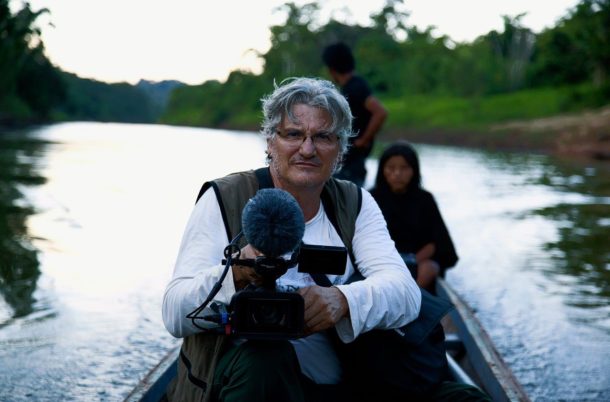

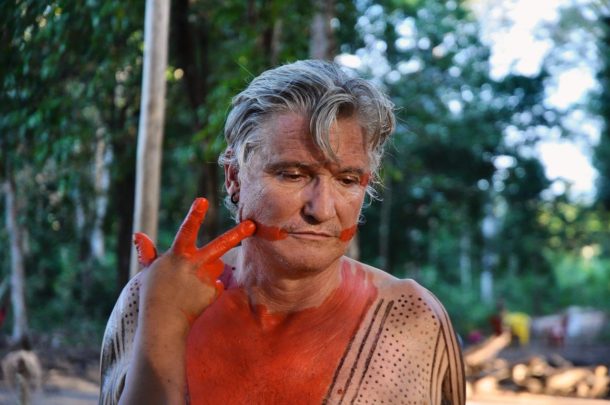
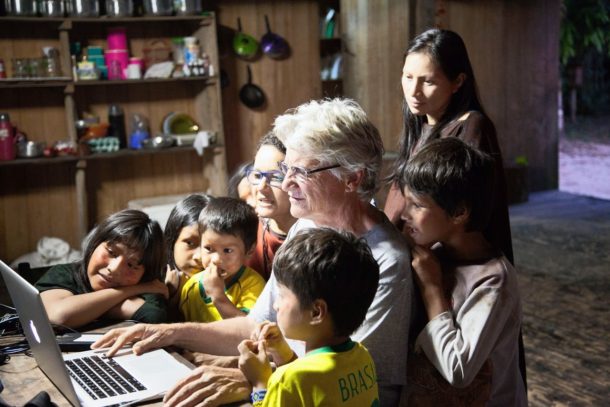
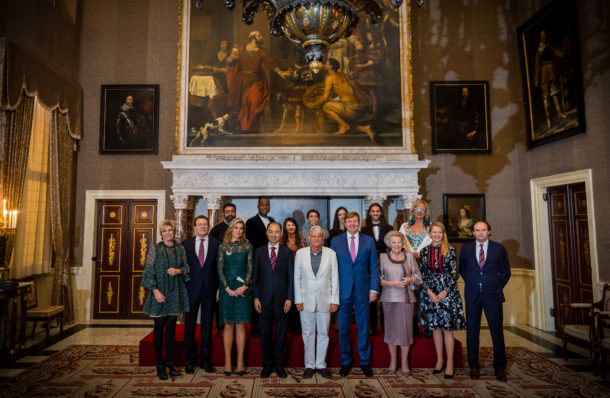
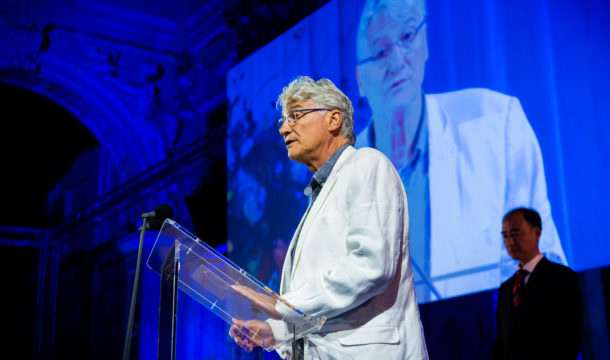
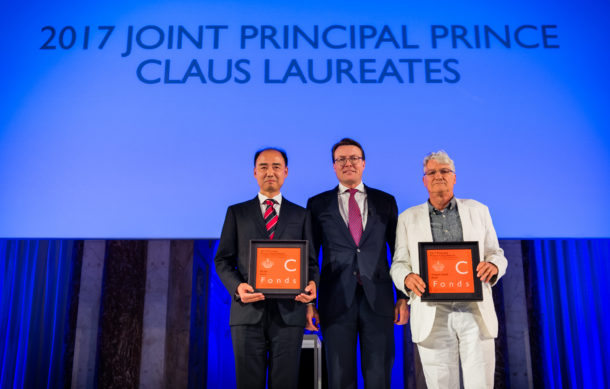














The opinions expressed by individual commentators and contributors do not necessarily constitute this website's position on the particular topic.